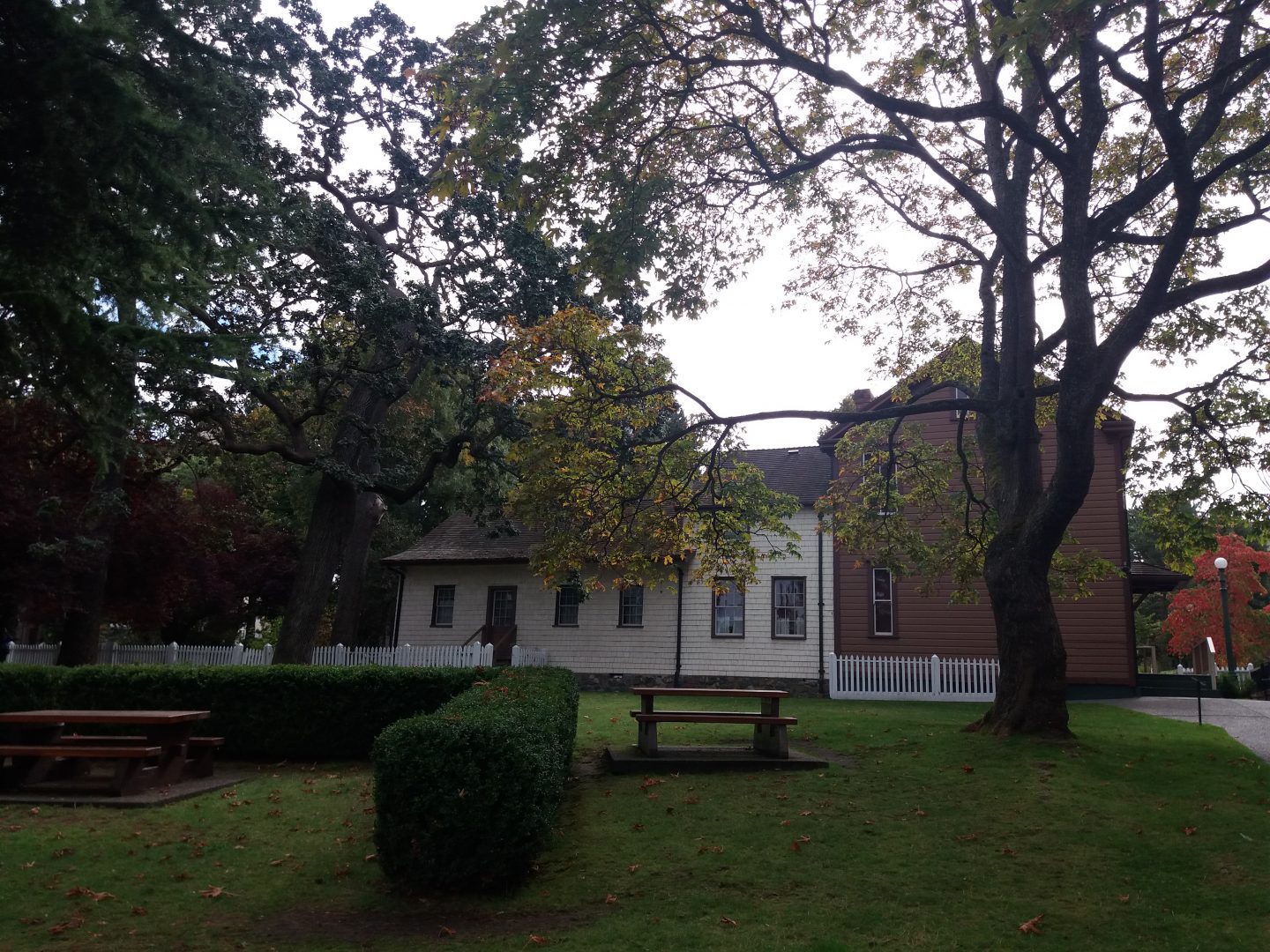This week’s reading material deals with several forms of attempts to solve or to address alleged problems in Canadian society with Hunt mentioning the “social problem”[1] and Lux elaborating on the concerns about indigenous health and “a danger [it was] to the nation”[2].
Therefore, to solve these problems, a certain form of authority was needed to battle the “network of dangers and evil”[3], a form of authority that was supposed to attack the concerns at the root. As for the social problem, quite a number of Protestants believed that there was a connection between the threat posed by the issues they identified in society and a “slow rate of Canadianization”[4] among immigrants, which was quite often closely associated with people’s religious diversity and their intent on continuing to adhere to their own religious values. In order to address this as a problem that was thought to be solvable, lots of surveys were conducted in order to establish the state of Canadian society. Most of them were “initiated by the Methodist-Presbyterian alliance”[5], something that confirms the before-mentioned idea of some sort of authority trying to establish itself via scientific methods and in order to form and influence society, not solely survey them. In this case, this authority can be identified as some sort of “pastoral power”[6] or authority.
In Lux’s article, it is a different sort of power that rather resembles the relationship between colonisers and the colonised, in this case meaning mostly the white Canadian middle-class that had authority over the indigenous peoples. Trying to use science, medical conducts and the broad aim of protecting non-indigenous Canadians from “the menace”[7] of indigenous peoples’ bodies as justification for the racism towards indigenous peoples that was, among other issues, directly symbolised in segregation in hospitals. Again, surveys and statistics were conducted in order to “create a detailed ‘colonising archive’” [8] which intertwines the scientific approach of collecting data as evidence with a government’s or an authority’s agenda instead of actually trying to address issues coming from diverse and open-minded perspectives.
Combining “scientific planning and social action to achieve desired change”[9] is of course nevertheless important. But using surveys or statistics initiated by certain groups as the sole data needed can be dangerous, especially when the problems are only perceived by certain groups in society who wish to reform groups that don’t adhere to their standards.
[1] Hunt, “Measuring Morals: The Beginnings of the Social Survey Movement in Canada, 1913-1917,” “Industrial Efficiency, Social Order and Moral Purity: Housing Reform Thought in English Canada, 1900-1950,”Histoire Sociale/Social History,35, 69 (2002):172.
[2] Lux, “Care for the ‘Racially Careless’: Indian Hospitals in the Canadian West, 1920s-1950s,” Canadian Historical Review, 91 (2010): 407.
[3] Hunt, 172.
[4] Ibid., 185.
[5] Ibid., 174.
[6] Ibid., 172.
[7] Lux, 408.
[8] Ibid., 422.
[9] Langford, Will,“Jean Lagassé, Community Development, and the “Indian and Métis Problem” in Manitoba in the 1950s-60s,” Canadian Historical Review, 97, 3 (2016): 351.

